the big plastic tree
I got up early today and climbed up the few hundred steps to the Guangsheng Temple 广胜寺:
It was an okay place. The mountain wasn’t as high as I had thought, and the visitors weren’t as many:
Well, it wasn’t bad though, not at all. There was a certain laid-back feel to it all, and the air was much better than just a few miles down the way:
Then I had some rice noodles in a little place that was kind of similar to this one (though not as pretty):
I loved the colors and the geometry here, but I had just had lunch right before and therefore didn’t try the food.
Then I got back on the road.
…which was so utterly colorless… the only thing breaching this monochrome blur was the occasional fruit vendor:
…and private homes can be pretty colorful, too:
A lot of buildings in this part of the country have this feature: the painted wall facing the main gate.
Very tacky artworks sometimes though, you either like it or you don’t.
Ok, here’s the second must-see today:
The Great Locust Tree 大槐树. Believe it or not: this thing is made of plastic! You know the little rubber trees that some people have in their homes, people who like real plants but are just too damn lazy to take care of them? This one is just like that, only a LOT bigger! It has got to be one of the biggest plastic trees in the whole world. I laughed my head off when my guide told me this was man-made, especially after I had been screaming: “nice tree, nice tree!” ever since I saw the damn thing in the distance.
Anyways, here’s the real deal:
See the tree in the middle? It’s been planted there a couple of hundred years back, to replace the original big one (the one that’s had its plastic rebirth recently).
All this for a tree?? That was the first question I asked my guide: “I mean, it’s just a tree, isn’t it?”
It is, but it’s also a place of heritage:
During the early years of Ming-dynasty, after the brutal Mongol reign had left much of the country virtually empty, large parts of the population were forced to move down to the central plains to cultivate and repopulate the land.
This location, next to the big tree, the Great Locust Tree, is where the enlisting took place, it’s also where the long treks started.
Today, the tree as well as the buildings are gone, and the Shanxi families have long spread across the land.
But they remember where they’re from:
This is where thousands and thousands of people from all over the country come to pay respect to their ancestors every year.
See the white marks on the ground? They make up a huge grid to keep all the different clans in the right place during the time of ceremony.
An example: the current prime minister’s family, though based in Tianjin, is originally from around here (according to my guide).
Thus, for a considerable part of the country’s population, this is where it all begins:
Root 根. The writing is a bit weird, with the left part of the character symbolizing a person running home, and the right standing for a person that is reluctant to continue walking.
It represents the pain and hardships that the people had to suffer, being torn away from their homes, from their origins – and often from their loved ones.
Luckily we’re living in a modern & harmonious society today, though:
Only 210 days left.
The country is counting.
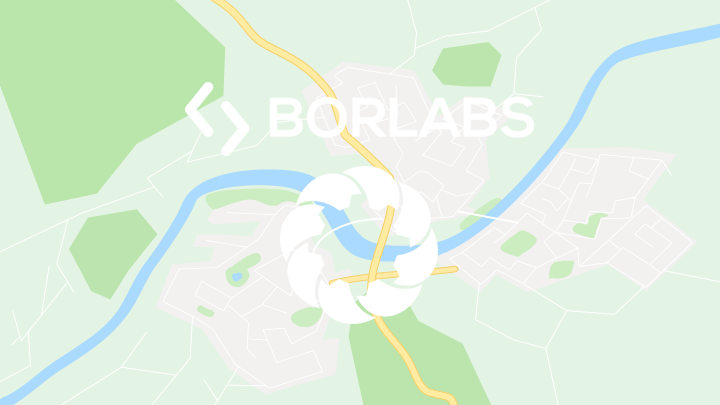
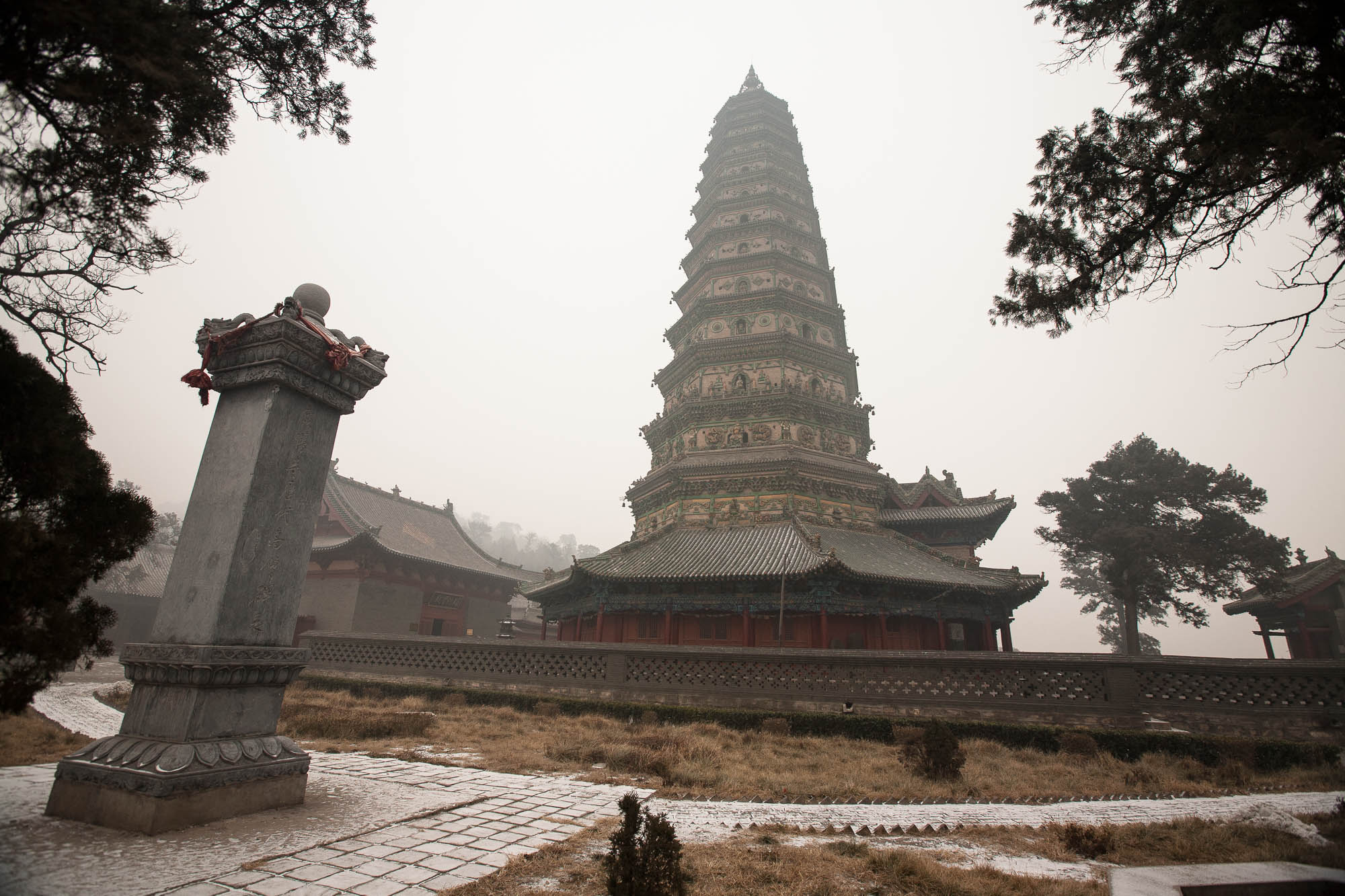
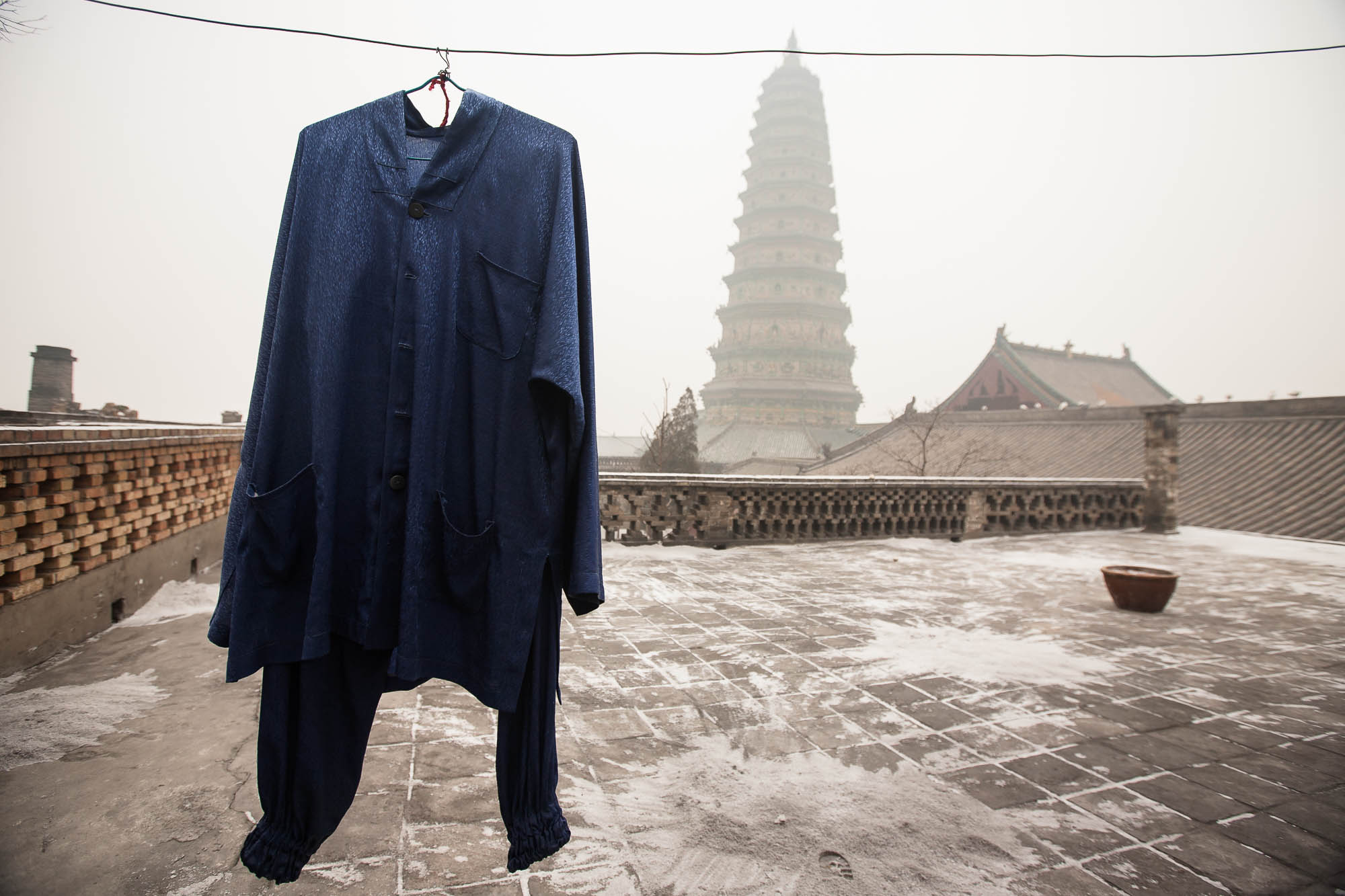
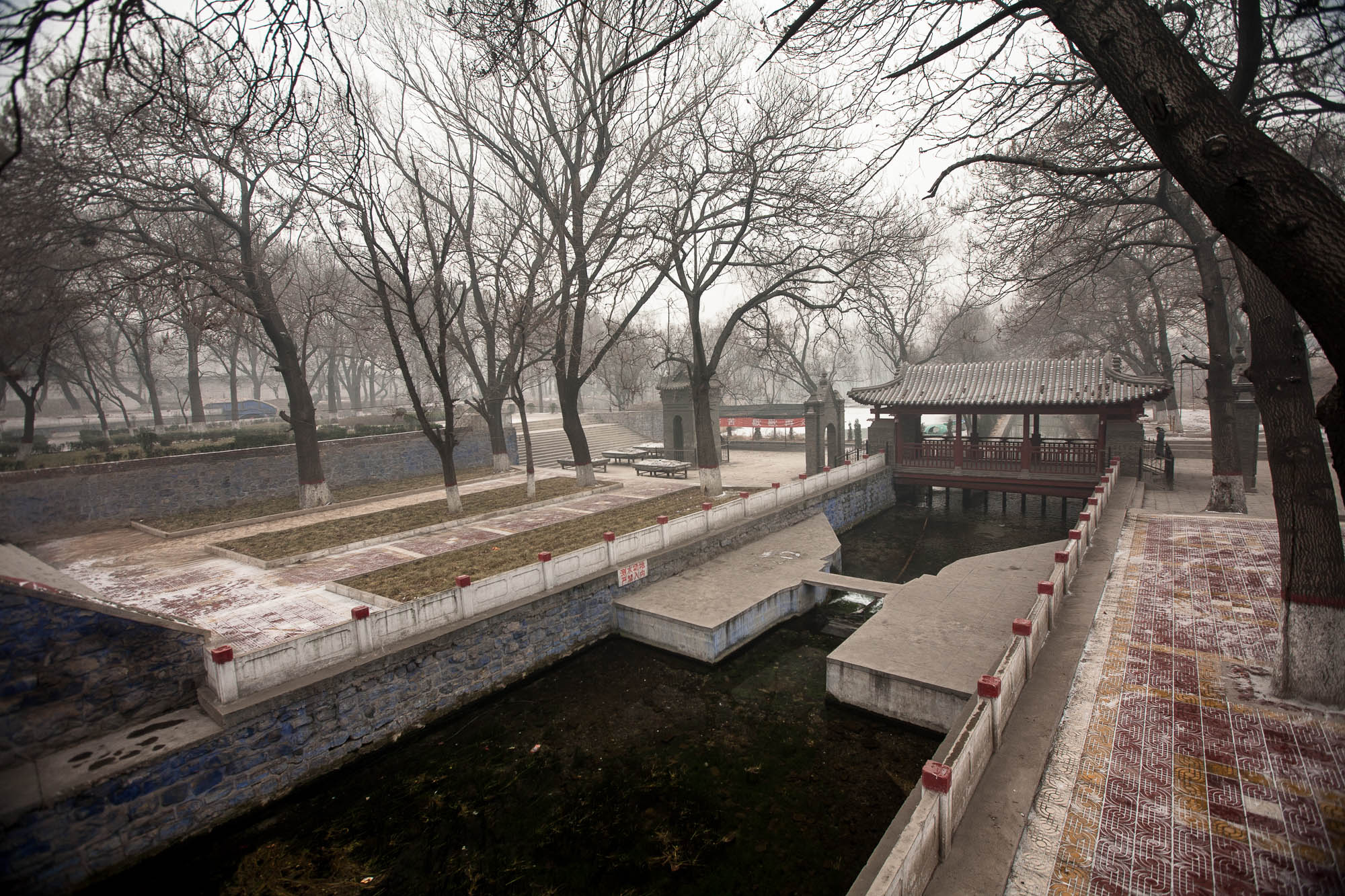
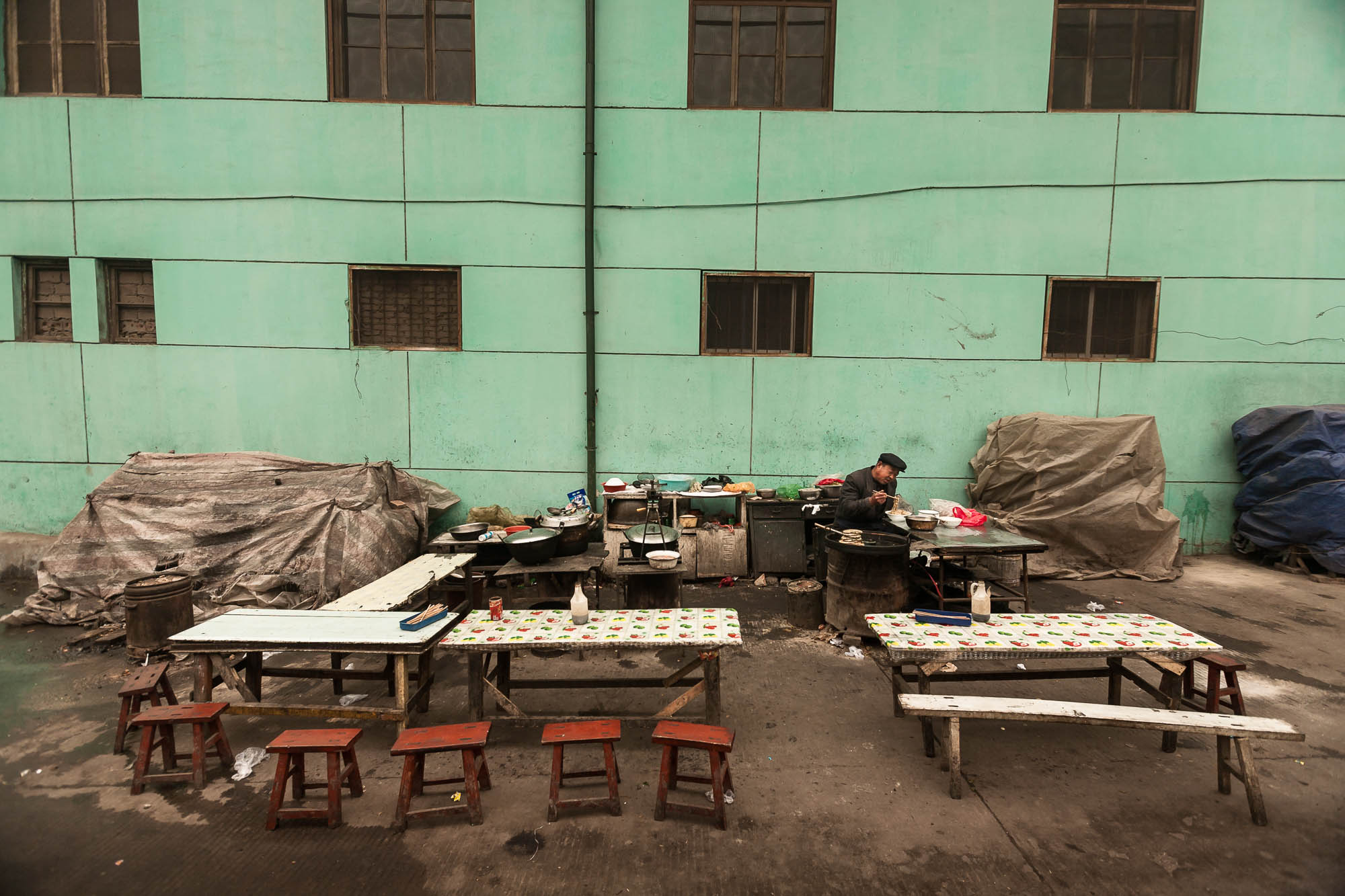
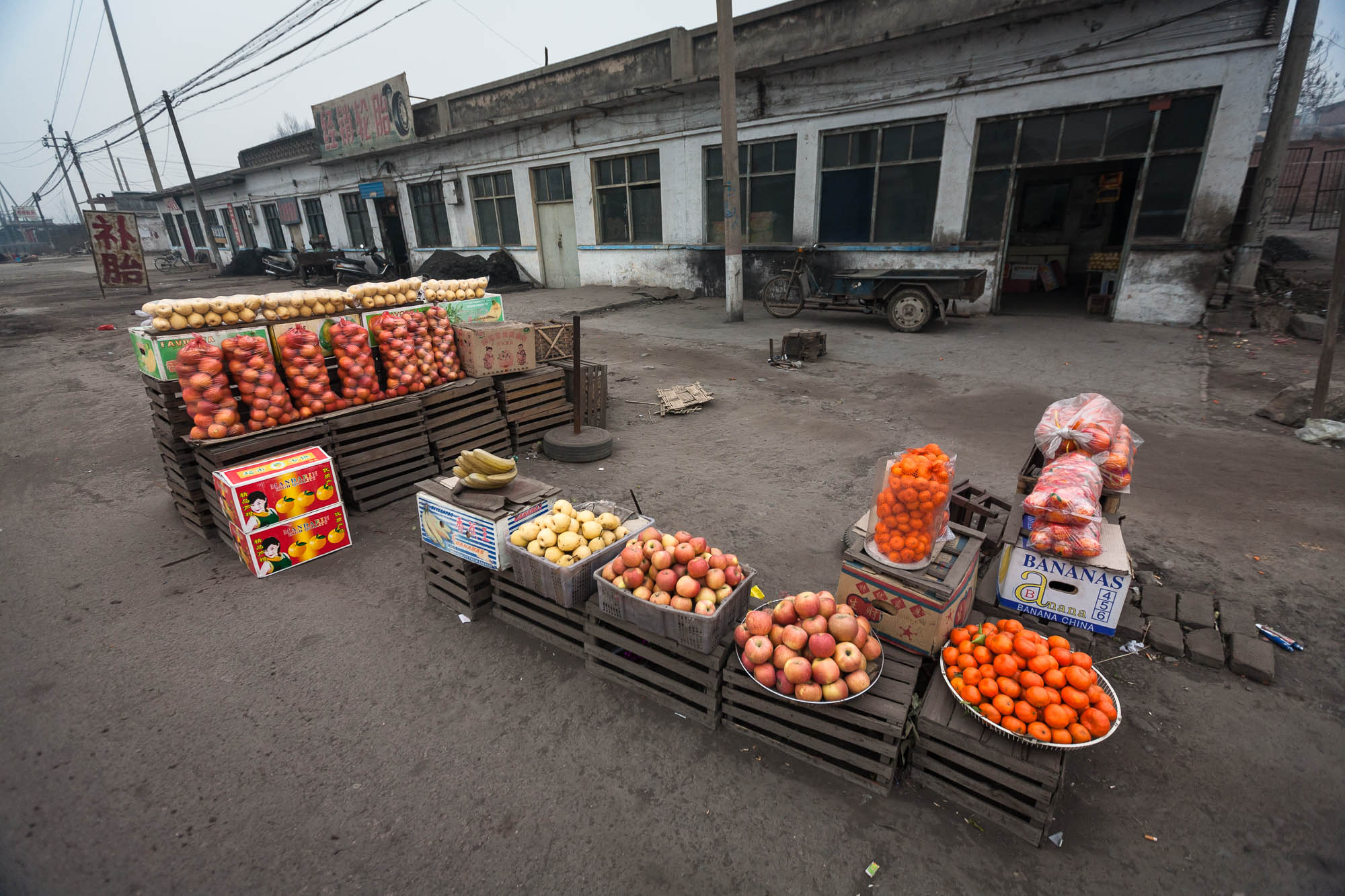
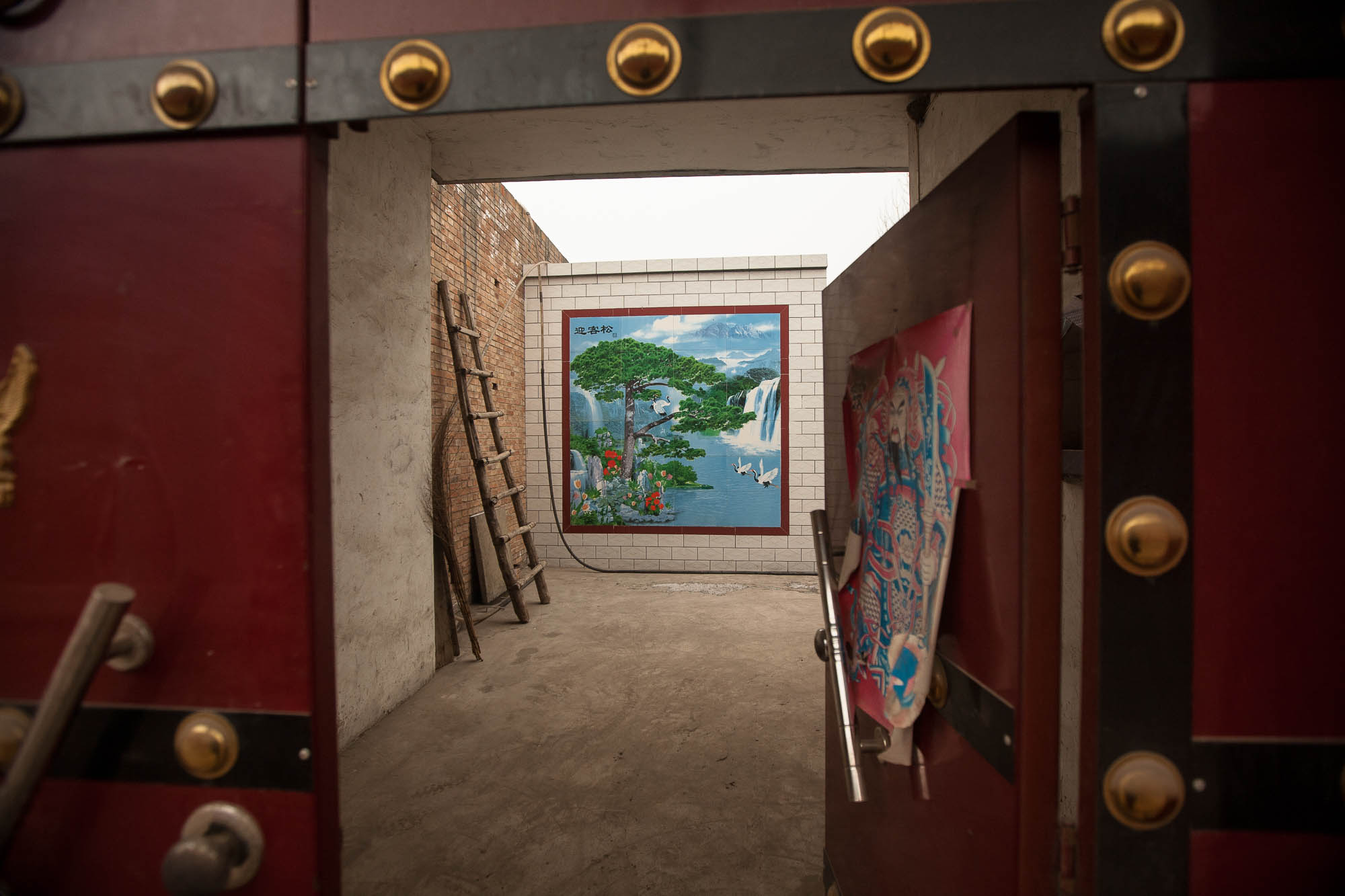
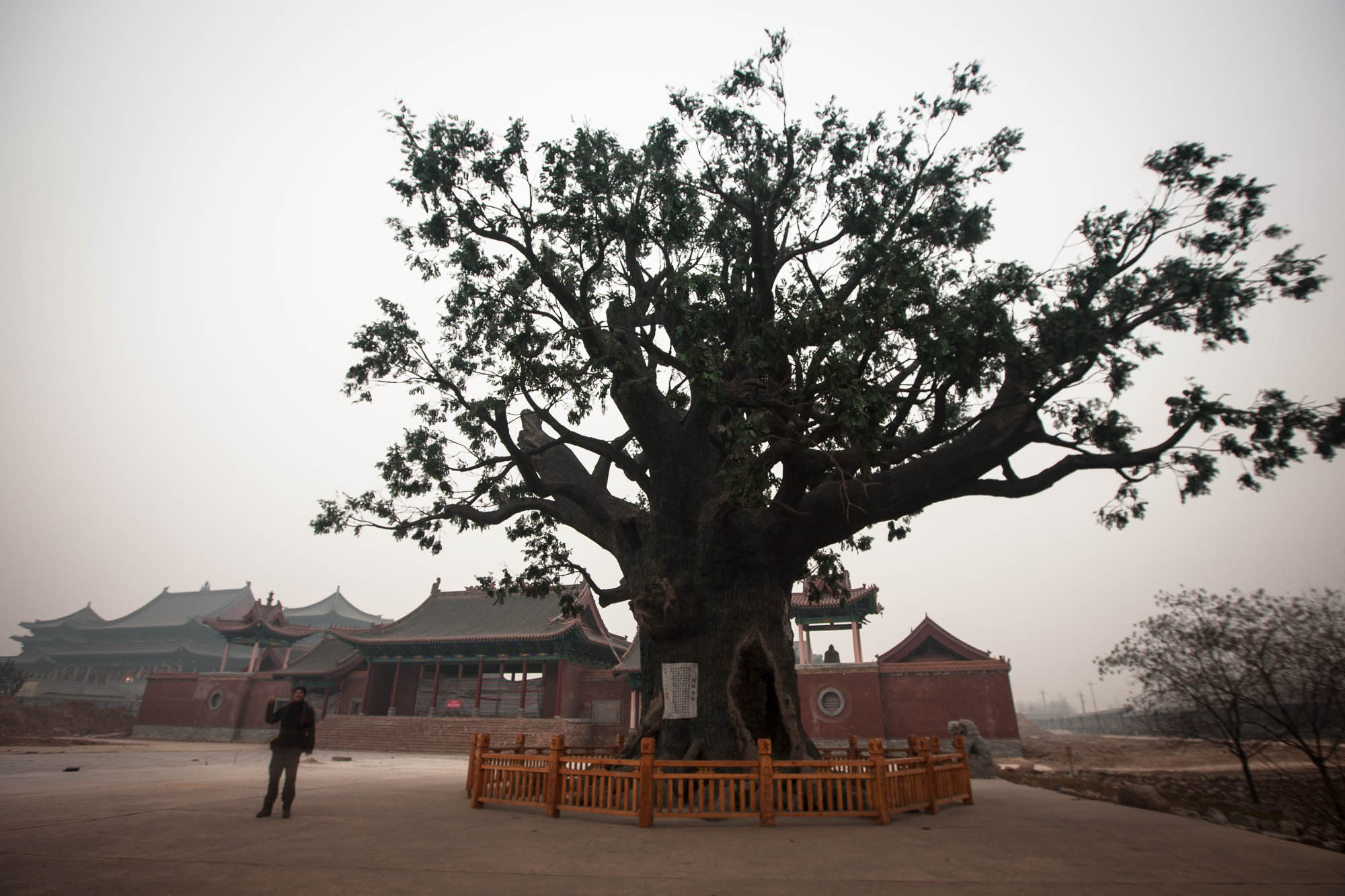
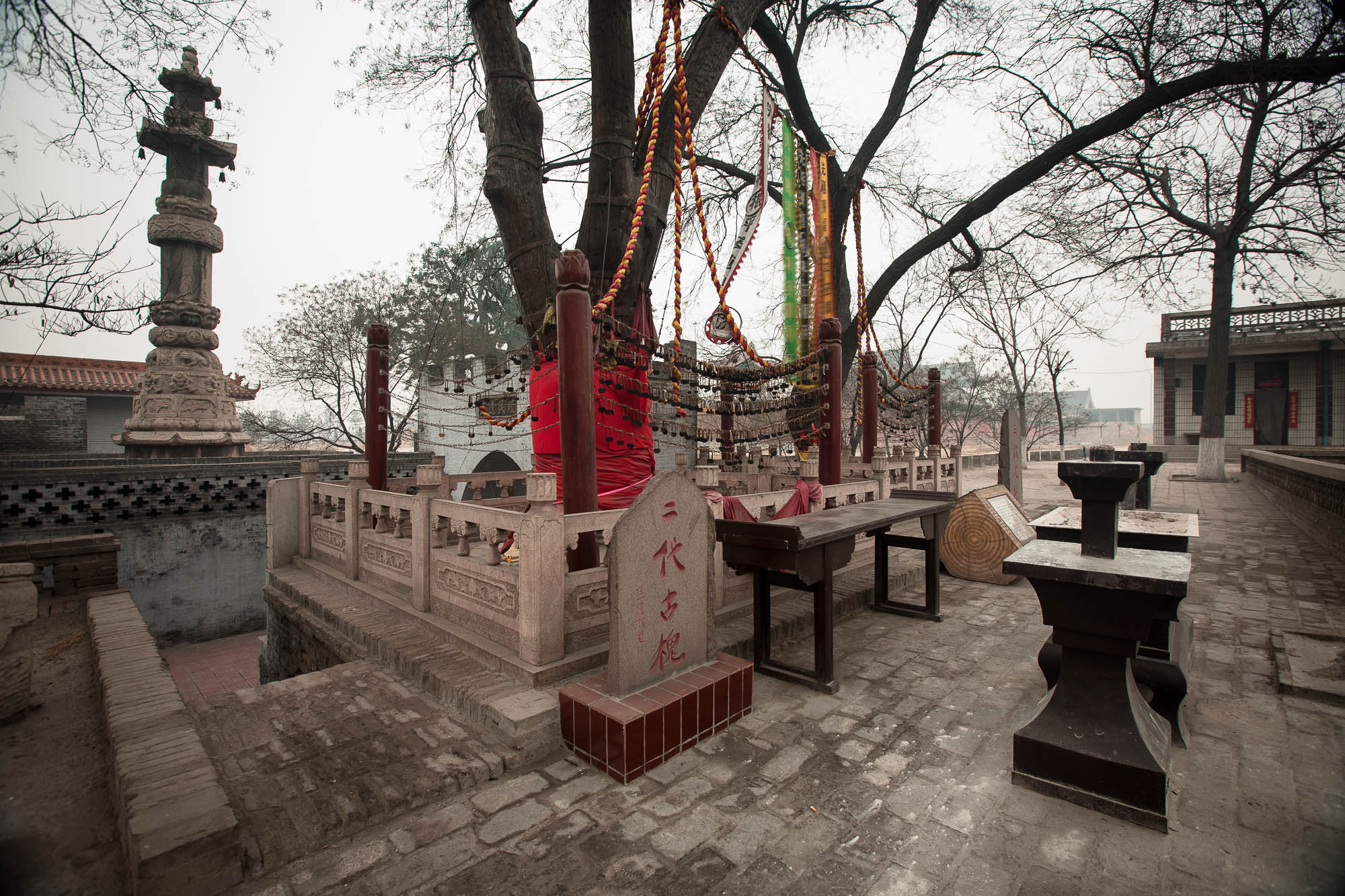
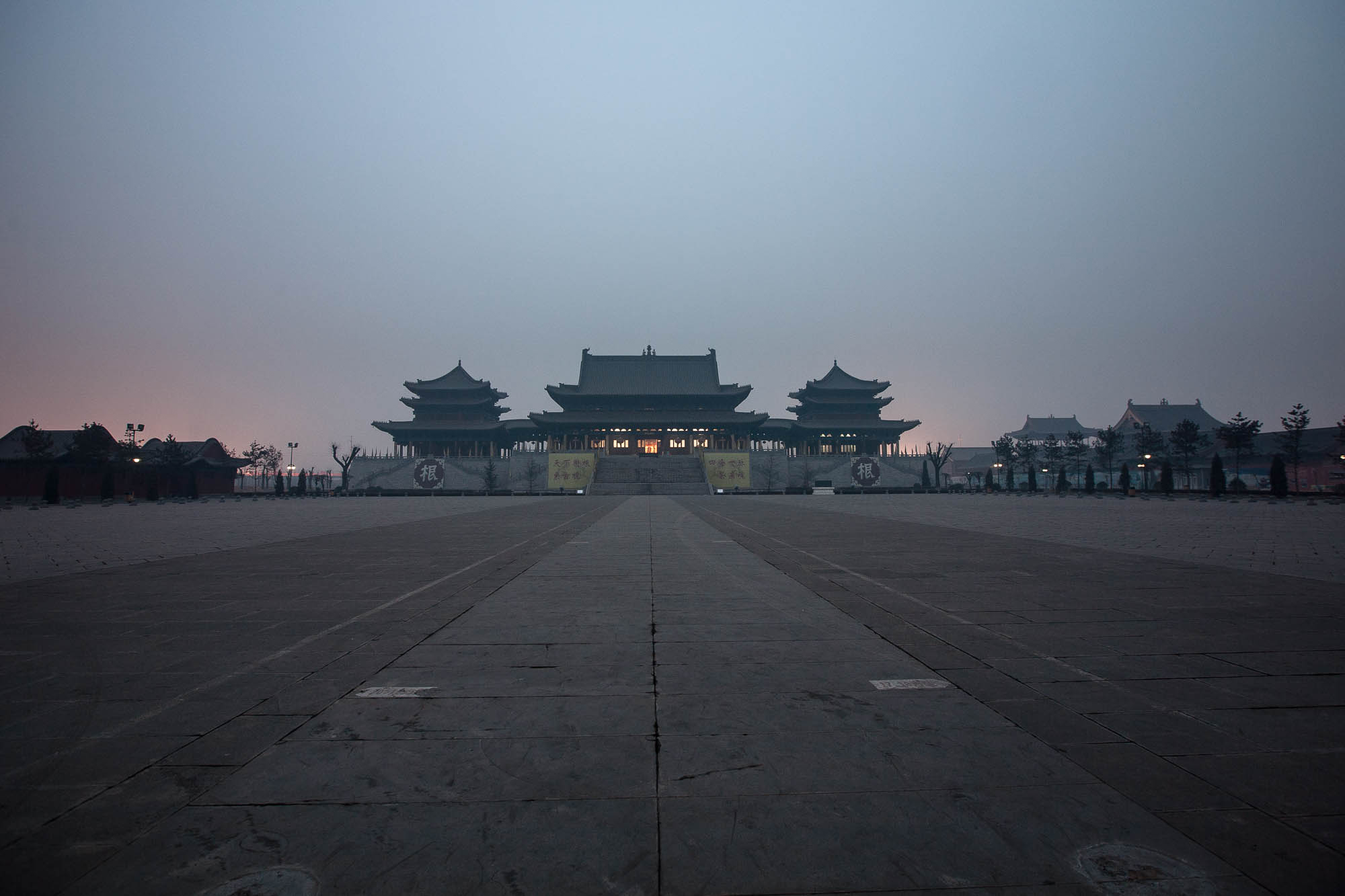
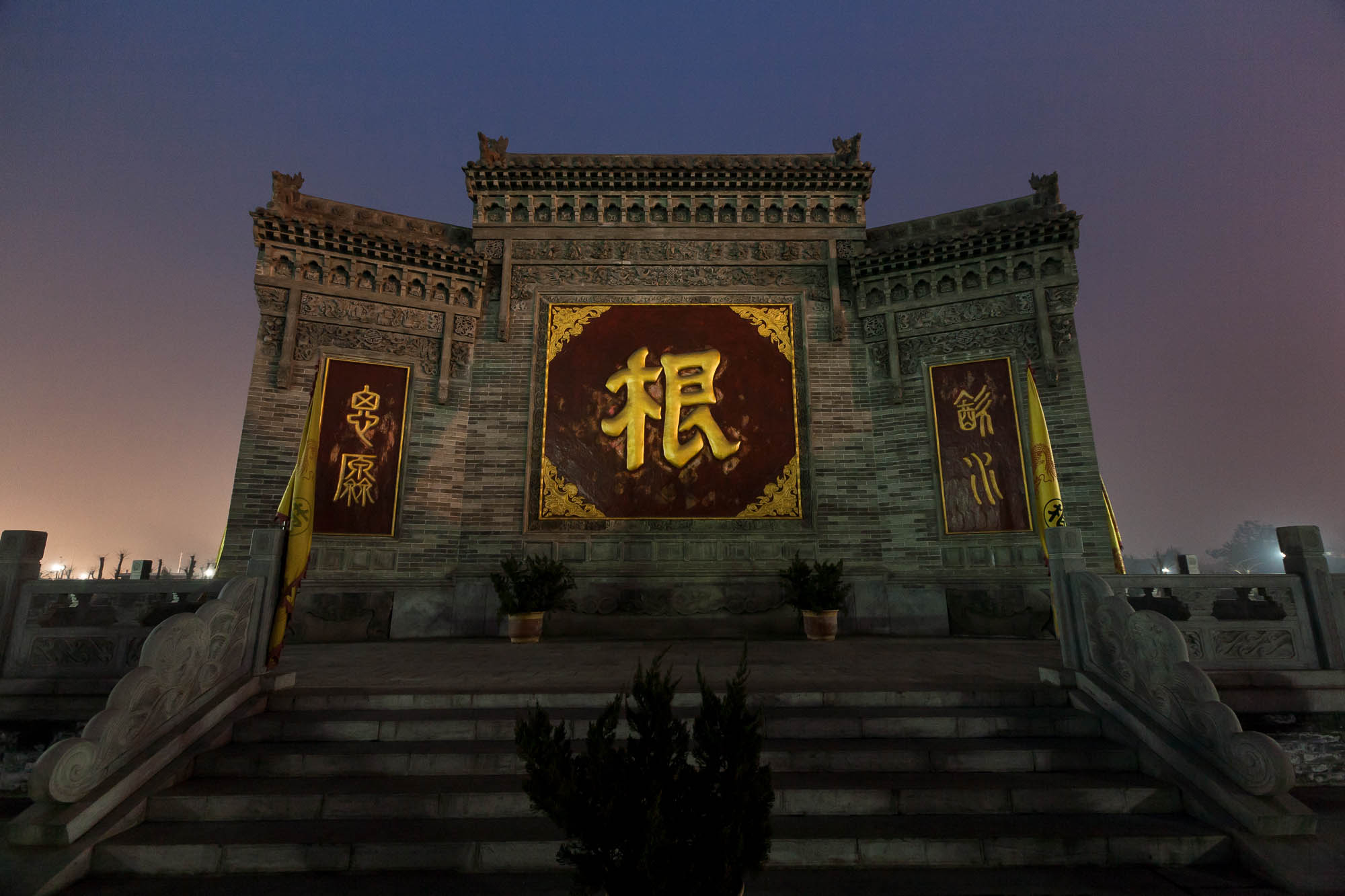
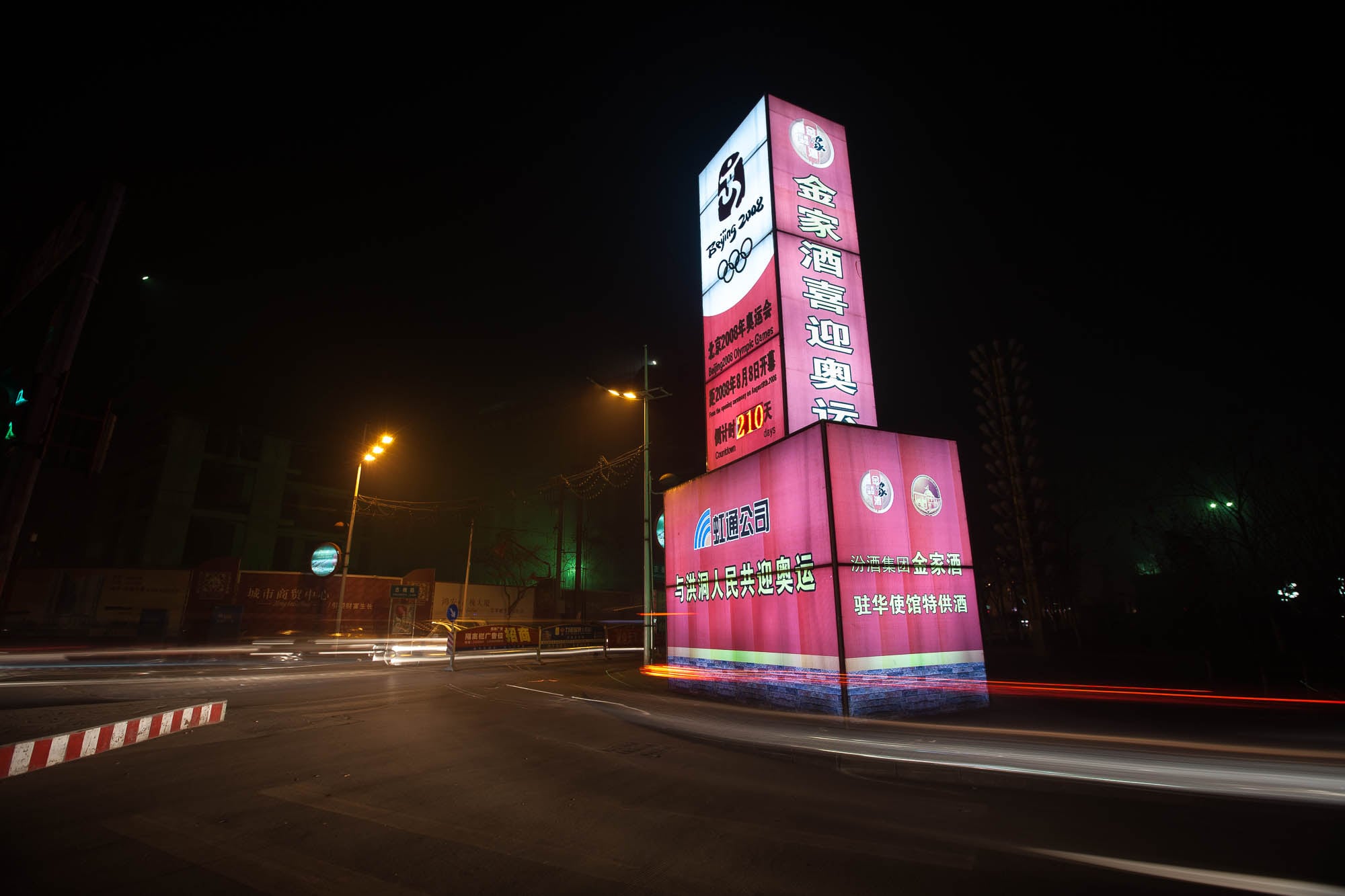
David lee
too tied to see today, I will finish it later, take care body.
David lee
不知道是不是苏三姐姐生活的地方,惭愧啊
alex NY
haha, "根" is what I came to Mainland China for.
Christoph
David Lee: 是的。
alex NY: Did you find what you were looking for?